
Ultra-High-Net-Worth Individuals (UHNWIs) are any luxury brand’s greatest asset and the audience most coveted. Here, we provide a snapshot of the top capitals they live in and how this alters their taste for luxury.
Ultra-High-Net-Worth Individuals (UHNWIs) are any luxury brand’s greatest asset and the audience most coveted. Here, we provide a snapshot of the top capitals they live in and how this alters their taste for luxury.
Defined as having a net worth of at least $30 million per household, at last count there were over 199,235 UHNWIs in the world with a combined net worth of $27.7 trillion.
As the main purchasers of luxury, it goes without saying that the changing landscape and behaviours of UHNWIs, have a profound effect on how luxury brands behave.
“ It is important that we now shift our focus to the next 100 years & beyond to ensure that we continue to be a thought leader in the luxury arena ”
With this in mind, Beverly Hills Conference and Visitors Bureau (BHCVB) has commissioned a global trend report on the ‘Future of Luxury’ – authored by trend forecaster, IN (K) – to examine the current landscape of the global luxury market as well as offer an analysis of the high-net-worth market.
Tasked with ensuring Beverly Hills remains an iconic destination synonymous with luxury and at the forefront of the changing luxury landscape, BHCVB as the the primary marketing arm of the city, was perfectly positioned for the investigation, says Julie Wagner, CEO, BHCVB.
“One of the key roles of the Beverly Hills Conference & Visitors Bureau (BHCVB) is to make sure that the city stays current and fresh while at the same time honouring its storied past.
“ London rates a 9 out of 10 for its luxury store footprint ”
“Having celebrated the city’s centennial in 2014, the past couple of years have been spent commemorating all of the traditions and lore that have made Beverly Hills what it is today. However, it is important that we now shift our focus to the next 100 years and beyond in an effort to make sure that we continue to be a thought leader in the luxury arena.”
Here, we provide an exclusive excerpt ahead of the report’s release, previewing the credentials of cities with the top UHNWI count, what this means for luxury brands – and what’s next.

#1, LONDON: 4,364 RESIDENT UHNWIS
Overview
London is the world capital for the super-rich, the epicenter of which is the small district of Mayfair, which includes the city’s greatest concentration of luxury hotels, Michelin-starred restaurants, art galleries, auction houses and designer boutiques. The starting price for a pied-à-terre in the area is £5 million, with family homes rising to £40 million.
What Are They Spending On?
According to Knight Frank’s 2015 luxury spending index, London rates a 9 out of 10 for its luxury store footprint. The UK is projected to overtake France and Italy to become Europe’s leading luxury shopping market in 2018. London’s market for luxury items (defined as clothes, goods and accessories priced at over £2,000) is dominated by jewelry, followed by art, watches, wine and cars. The city’s UHNWIs also spend the most of any of the top 10 cities on premium travel and imported luxury goods.
What’s Next?
Britain has traditionally been the number one destination for those seeking a new domicile, owing to its “cluster of businesses, international appeal, heritage and democratic institutions,” according to Liam Bailey of Knight Frank. Other key attractions for these individuals are its relative security, financial institutions, schools, heritage and transparent legal system. With super-rich Millennials increasingly hopping from city to city during the year, London’s central European location, time zone and hub airport make it convenient to move from east to west and vice versa.
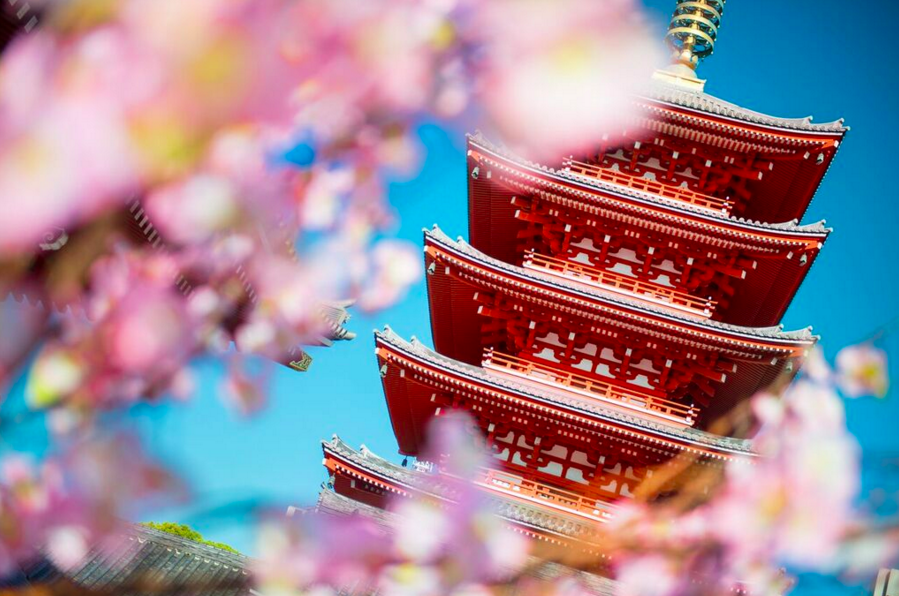
#2, TOKYO: 3,575 RESIDENT UHNWIS
Overview
With high income tax (45%) and inheritance tax (55%), it is harder for Japan’s super-rich families to hold on to their wealth across generations; this may be the reason why many are moving from Tokyo to Singapore or Australia.
What Are They Spending On?
Japan’s super-rich are considerably less wealthy than their counterparts elsewhere (in 2012, the top 1% earned $240,000 compared to $1.2 million in the US). Consequently, in Tokyo there is far less in the way of ostentatious property, with many rich Tokyoites opting for a second residence in the mountain resort of Karuizawa. Regarding spending on luxury goods, Bain & Co has identified that Tokyo’s super-rich value individuality, moving on to more exclusive labels when a brand becomes mainstream. With the Japanese custom of gifting, even fruit has a luxury dimension in Tokyo. At the Sembikiya fruit parlor, a hand-pollinated Yubari cantaloupe retails for $160.
What’s Next?
Later in this report, the rise of artisanship and “localtarians” will be discussed. It could be argued that the roots of these global trends can be traced to Tokyo. Where production is restricted and a commodity is scarce, goods can accrue luxury collectible status based on their provenance and attention to detail.

#3, SINGAPORE: 3,227 RESIDENT UHNWIS
Overview
According to the Economist Intelligence Unit’s index of goods, Singapore has now overtaken Tokyo as the world’s most expensive city and, by 2023, it is expected to be home to Asia’s greatest concentration of UHNWIs. Its political stability, business focus and growing status as a financial hub are attracting the super-rich. It is the number two UHNWI second-home destination, after the UK.
What Are They Spending On?
In a 2014 survey by Affluent Insights, 74% of HNW (those with over $1 million in moveable assets) Singapore residents said that while they researched goods online, they preferred to spend in physical stores, with design, quality and exclusivity rated as their hallmarks of luxury. 60% of those surveyed said that they did their luxury shopping while traveling, with 48% of discretionary spending going on travel, accommodation and experiences (16% on air tickets and 12% each on experiences and hotels). In a similar report (May/June 2015), 66% of HNWIs polled said that they travel for leisure two to four times a year, while 13% travel up to nine times.
What’s Next?
Stamp-duty on second homes has been increased twice in recent years in an attempt to calm the city state’s property market. Foreign buyers must pay stamp duty tax at 15% and permanent residents (foreigners on long-term passes) at 5% on second and third homes. “As a consequence, investors are looking to divert this investment into real estate assets in other markets, like London and New York,” according to Didier von Daeniken in Barclays’ 2014 Wealth Insights report.
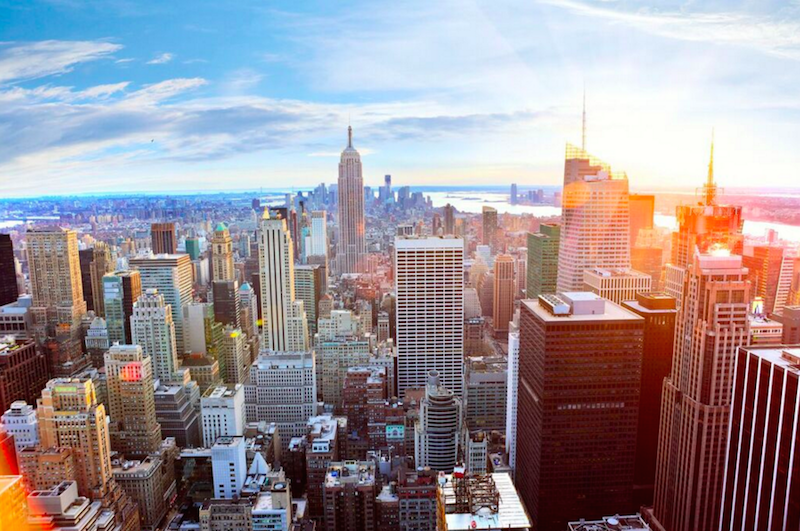
#4, NEW YORK CITY: 3,008 RESIDENT UHNWIS
Overview *
According to Knight Frank, growth in the US means it is “becoming a bigger target for safehaven wealth flows from Europe, the Middle East and Africa.” So much so that, by 2025, New York City is expected to overtake London at the top of this list of UHNWIs by population.
What Are They Spending On?
While luxury property worldwide increased in price by 2% in the last year, in New York City that figure was 18.8%. In the Santiago Calatrava tower in Lower Manhattan, every apartment is on the market for over $35 million; five years ago, not a single apartment in the city went for that amount. The city is also a world leader in money management: 20% of the $1 trillion invested in hedge funds worldwide is invested in New York City. Philanthropy is a major trend among the city’s super-rich. 10% of US’ 63,000 charitable foundations are based in the city. Even in the midst of a recession, the Museum of Modern Art was able to raise $858 million in donations for its new building. “There are so many wealthy people here that being rich isn’t a distinguishing characteristic; you have to be intelligent and socially useful,” says Mitchell Moss, an urban policy and planning professor. But New York City’s UHNWIs also like to spend on themselves. Due to low taxes, they have more disposable income than many of their counterparts who live in other cities on this list. New York City residents spent more than $25.5 billion on personal luxury goods last year, more than the whole of Japan, the second-biggest market.
What’s Next?
Retail accounts for more of the US economy than in almost any other industrialized country. But analysis of “Black Friday” and “Cyber Monday” spending over recent years by LPL Research suggests that retail spending at holiday times is in decline, with consumers starting to spend money on experiences, gifting spa treatments, concert hall tickets or expensive meals. This trend fits with the global decline in predictable “seasons” for retail spending and the emergence of year-round, borderless luxury services spending.
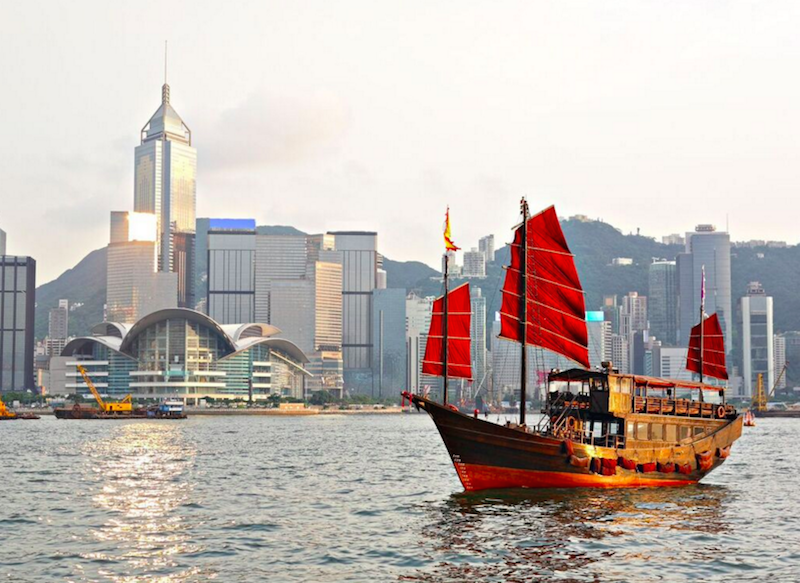
#5, HONG KONG: 2,690 RESIDENT UHNWIS
Overview
Luxury goods retailers in Hong Kong have been hit by a decline in visitors from mainland China, due to shifts in gifting behavior, and stock market and currency devaluations. But the city’s residents are making up for that shortfall. Hong Kong is the top city when considering the percentage of super-rich residents who own luxury goods.
What Are They Spending On?
According to global market research company Ipsos, Hong Kong’s super-rich love to travel, taking five leisure trips a year and spending $11,000 annually on travel (double the average for Asia’s wealthy). Like New York City, Hong Kong has a long history of philanthropy and affluent families setting up foundations. A report by Coutts found that, in 2013, $935 million was given in individual charitable donations of over $1 million.
What’s Next?
Hong Kong finds itself competing for wallet share, with the city losing to emerging destinations for Chinese travelers such as Japan, Thailand and South Korea. Agility Research & Strategy has also pointed to some key differences in spending between the city and the Chinese mainland; in a survey of 736 affluent residents split between Mainland China and Hong Kong, it found that the Chinese consumers defined watches, bags and jewelry as their “most interesting” luxury purchases, while Hong Kong residents prioritized luxury travel, including cruises and round-the-world trips. As opposed to an indicator of global luxury trends, Agility suggested that this behavior reflects the Hong Kong market’s maturity in both senses of the word: its comparatively older residents have already been through the era of luxury goods acquisition being experienced by China’s newly wealthy. Ruder Finn & IPSOSs 2015 China Luxury Forecast backed up this insight: “Whereas luxury travelers from mainland China seek shopping as the number one priority when traveling, Hong Kong luxury travelers are seeking more experiential travel, with fine dining, entertainment and spas as their priorities.”
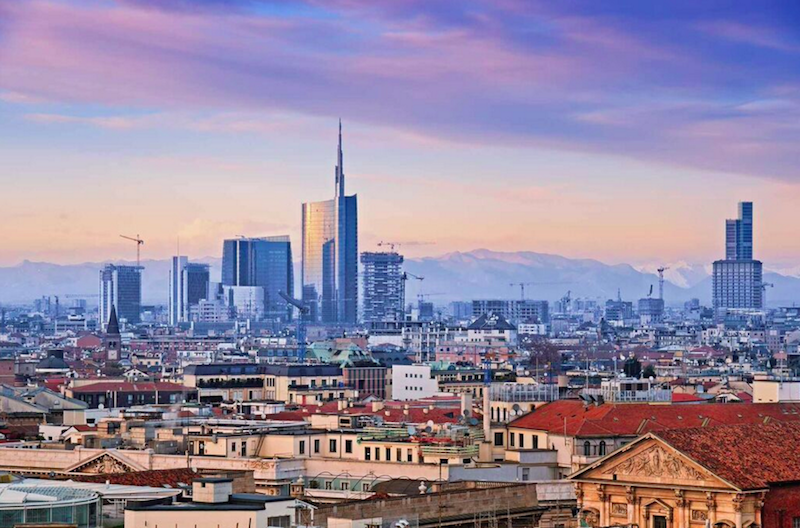
#6, FRANKFURT: 1,909 RESIDENT UHNWIS
Overview
Germany’s super-rich are fairly evenly spread out across 10 of its cities. Furthermore, they are seeing something of a contradiction: while the country’s GDP growth was only 0.4% in 2013, Germany’s top 100 earners saw their incomes increase by 5.3%.
What Are They Spending On?
Traditionally, Germans have spent less of their country’s overall GDP on luxury than the French and Italians, but that picture is changing. According to consultants Roland Berger, the German luxury market is growing about 5% faster per year than the overall global luxury market, with the strongest year-over-year growth (20%) in designer clothing, accessories, watches and jewelry. While Munich is the top city in terms of spending, Frankfurt’s secret weapon is its airport, the third-largest in Europe, which has developed its luxury retail offer, accruing $377 million in retail revenue last year. The city sees a year-round global influx of business people coming in for publishing, automobile and architecture trade fairs, and Chinese travelers make 38% of their total German spending in Frankfurt, much of that at the airport. In order to attract and retain luxury spenders, Lufthansa now has an entire terminal dedicated to first-class passengers, offering fine dining, marble bathrooms and Porsche car rental.
What’s Next?
Most understanding of the luxury goods market is derived from HSBC’s annual spending report and its talk of “hard” (watches, jewelry) and “soft” (apparel) luxury goods. More recently, the German business magazine, Wirtschaftswoche, partnered with consultants Biesalski & Company to develop a German definition of luxury. They suggested that German consumers are most likely to spend on luxury glassware, porcelain, domestic appliances and cutlery. Among Germans’ most valued brands were Gaagenau appliances, Lange & Söhne watches, Decon garden furniture and Porsche automobiles. Their desire for respected, hand-crafted goods mirrors Tokyoites’ attention to detail, which supports the evolution of a global luxury trend focused on artisanship and local sourcing discussed later in this report.
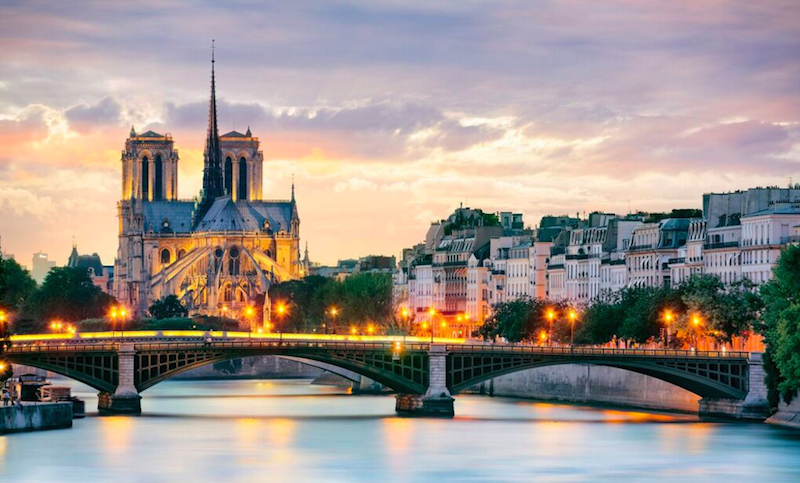
#7, PARIS: 1,521 RESIDENT UHNWIS
Overview
France is the home of industrialized luxury goods – leather, textiles, fine wines and jewelry – the combined purchase of which contributes $229 billion to the global economy. However, in 2013, president Hollande’s proposed 75% income tax rate on those earning over €1 million resulted in one of the largest-ever drops in the number of resident UHNWIs (down 7.1%).
What Are They Spending On?
Paris is a leading destination for luxury retail and France is the world’s number one destination for tax-free shopping, ahead of the UK and Italy. Tourists from China, Russia and the US are the biggest spenders, with retailers employing China UnionPay terminals and Mandarin-speaking attendants to capitalize on Chinese visitors’ spending power. The Asian taste for men’s fashion has begun to be replicated in Paris, where menswear, men’s luxury bags, small leather goods and jewelry have all seen growth, another trend discussed later in this report.
What’s Next?
To further service this rise in global luxury tourism, Paris has invested heavily in hospitality. With the refurbishment of the Ritz Paris and Hôtel de Crillon hotels, Paris will have increased its number of five-star rooms by 50% in a decade to over 2,000 in total.

#8, OSAKA: 1,471 RESIDENT UHNWIS
Overview
The greater Osaka area – the second-largest metropolis in Japan with a population of 18 million – has seen the number of multimillionaires in the city rise by 52% in the last 10 years. Along with Tokyo, it has benefitted from Chinese visitors’ increase in wealth and subsequent spend in recent years.
What Are They Spending On?
According to McKinsey, Japan’s second city is rated number seven in the world for spending on luxury womenswear and number 12 for cosmetics. As in Tokyo, it has seen a rise in local luxury consumers identifying as less ostentatious with 51% in McKinsey’s survey agreeing that showing off luxury goods is in bad taste, compared to 24% five years ago.
What’s Next?
Osaka’s government is working hard to establish it as a luxury retail destination with the development of unique luxury shopping experiences. Namba Parks is putting stores in a multistory parkland terrace context, while Rinku City is a resort mall built on reclaimed land.
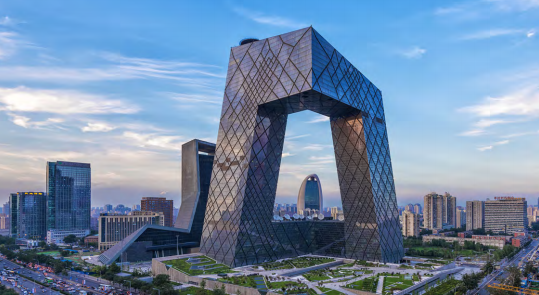
#9, BEIJING: 1,408 RESIDENT UHNWIS
Overview
In 2004, there were four billionaires on China’s Hurun Report list. By 2015, that number had risen to 715. There are a further 60,000 individuals in the country worth at least $200 million and, Hurun estimates, for every known billionaire there is at least one unreported billionaire.
What Are They Spending On?
Chinese purchasing power knows no bounds: 2% of the country’s wealthy account for 33% of the world’s luxury spending. In a country where all the wealth is new, ostentatious spending is still the norm. There were 3,000 private yachts in China in 2015 but that number is projected to rise to 100,000 by 2020. Similarly, expensive aristocratic pursuits such as equestrianism are on the rise. However, luxury spending declined by 15% in 2014 due to a government crackdown on corruption leading to a 25% fall in gifting. 64% of the country’s superrich plan to emigrate, but most want to retain a presence in China, with the US as their preferred secondhome destination.
What’s Next?
Birth rates have been rising in Beijing for a decade, so, while spending on luxury goods is cooling, children’s brands are accelerating. Reflecting this shift, the city’s malls are becoming “lifestyle centers” offering food, fashion and entertainment.

#10, ZURICH: 1,362 RESIDENT UHNWIS
Overview
At 27% of its 366,000 population, Zurich has the third-highest density of millionaire residents in the world after Monaco and Geneva. The much larger New York City (8.4 million) is next on that list with 4.63%. 30% of the Zurich populace are non-Swiss nationals from 166 different countries, doubtless drawn by the country’s favorable tax regime.
What Are They Spending On?
In recent years, the Stonehage Group has reported slight falls in luxury price inflation in Switzerland due to the increase in value of the Swiss Franc against the Euro. Spending on so-called “investments of passion” such as art and automobiles has risen, as has participation in expensive leisure activities such as skiing and yachting.
What’s Next?
A 2013 referendum brought an end to “golden handshakes” and gave shareholders a vote on executive pay. Led by Zurich, Switzerland’s cantons are also now tightening up their tax regimes and opposing EU immigration quotas due to spiralling house price inflation created by the influx of wealthy foreign nationals.
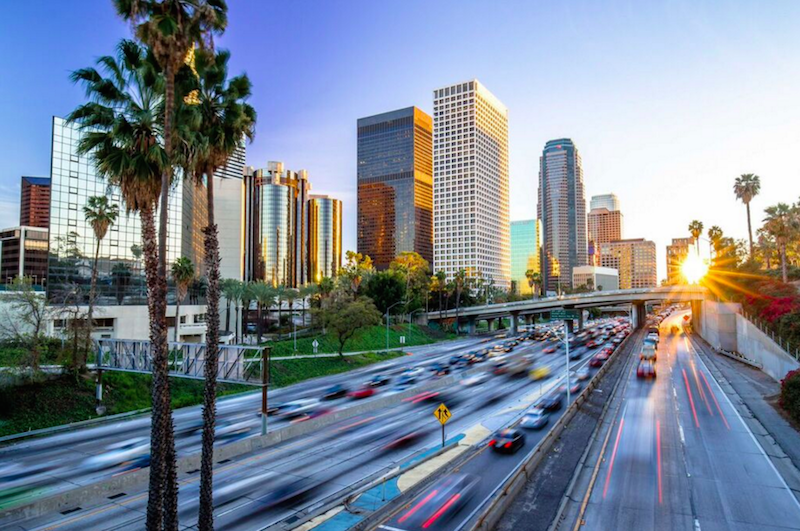
#20, LOS ANGELES: 969 RESIDENT UHNWIS
Where Does Beverly Hills Rank?
Within the list of top cities, as defined by their populations of UHNWIs, Los Angeles ranks 20th with a total of 969 UHNWIs. Beverly Hills, part of LA County and adjacent to Los Angeles City, has a median household net worth of $1 million, over double the US average. Reflecting its exclusive status, the average house price in Beverly Hills is $3.8 million, more than 10 times the California average. And prices are rising fast – up 13.4% in the 12 months preceding this report.
Due to the city’s association with Hollywood, Beverly Hills’ UHNWIs are more likely to have derived their wealth from entertainment, media or sports. Of California’s 92 billionaires, 27 live in Los Angeles County, and nearly a third of those in Beverly Hills. For a city of 34,658 (only 0.1% of the population of California), that’s quite a concentration of wealth.
With 6 million visitors a year, contributing $2.1 billion in direct and indirect revenue to Beverly Hills – again much higher than the state average – it is clear that a luxury locale attracts luxury spending.
To further investigate the changing luxury landscape and UHNWIs on Luxury Society, we invite you to explore the related materials as follows:
- Real Estate Focus: Where The UHNWIs Buy
- UHNWIs Will Evolve & Prosper In Next Decade
- 7 Key Takeouts From The 2015 World Wealth Report

